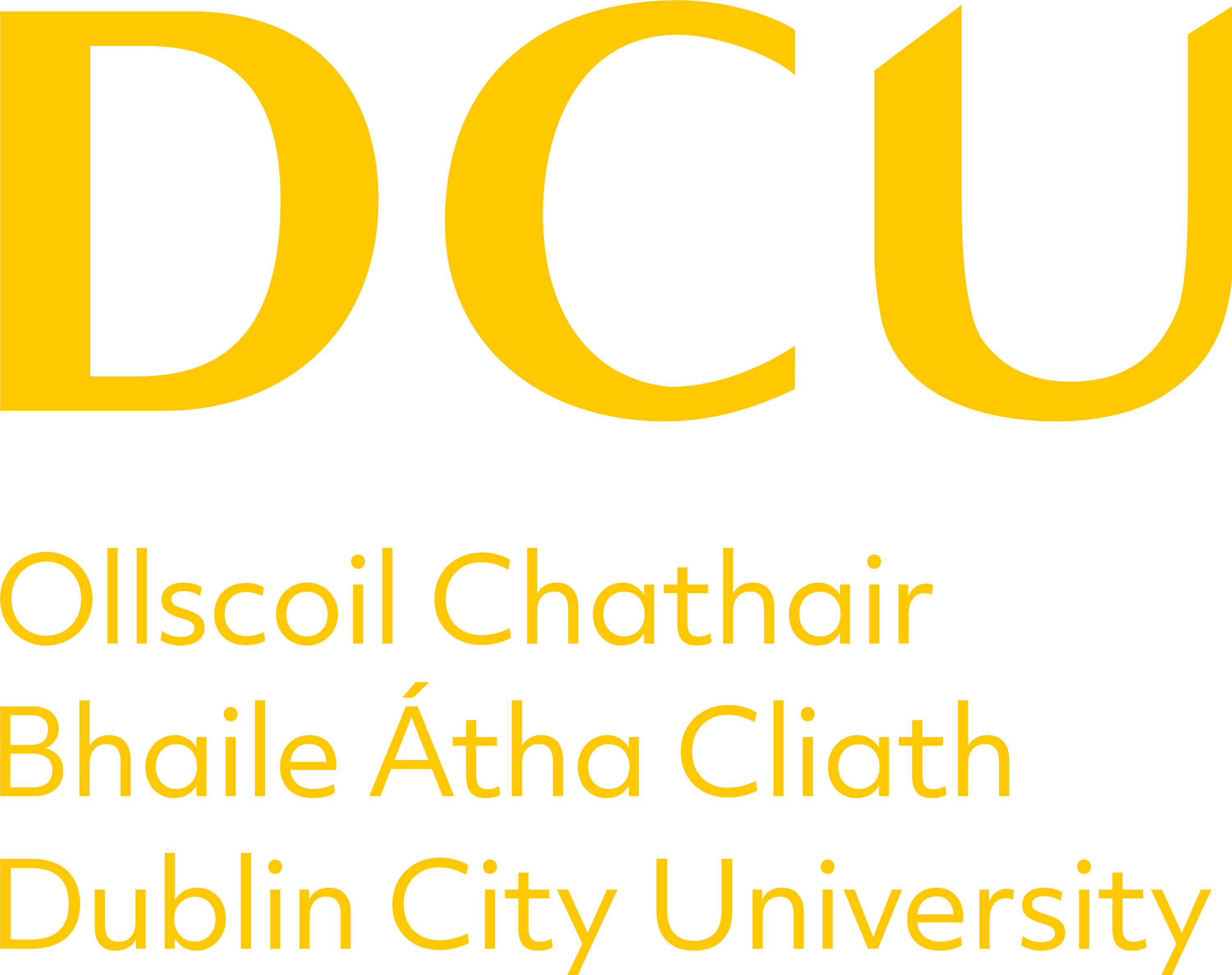|
Module Title |
Solid State Physics I
|
|
Module Code |
PS204
|
|
School |
School of Physical Sciences
|
Online Module Resources
|
| Module Co-ordinator | Dr Tony Cafolla | Office Number | N141 |
|
Level |
2
|
Credit Rating |
5
|
|
Pre-requisite |
None
|
|
Co-requisite |
None
|
|
|
Module Aims
|
To Introduce the student to the structure of solids and diffraction techniques for structure determination.
To provide a basic grounding in thermal, electrical and magnetic properties of solids.
|
|
Learning Outcomes
|
Understanding of the basic concepts of the structure of crystalline solids.
Understanding of the free electron theory explanation of the electrical properties of metals.
Understanding of the origin of magnetic properties of solids. From a consideration of the de Broglie wavelength of an electron moving through a solid being diffracted, an understanding of the origin of energy bands. The distinction between metals, semiconductors and insulators from a consideration of the Fermi level position in the band structure and an understanding of how this leads to different electrical conduction properties. Simple introduction to magnetism and superconductivity.
|
|
Indicative Time Allowances
|
|
|
Hours
|
|
Lectures |
30
|
|
Tutorials |
0
|
|
Laboratories |
6
|
|
Seminars |
0
|
|
Independent Learning Time |
39
|
|
|
|
|
Total |
75
|
|
Placements |
|
|
Assignments |
|
|
|
NOTE
|
Assume that a 5 credit module load represents approximately 75 hours' work, which includes all teaching, in-course assignments, laboratory work or other specialised training and an estimated private learning time associated with the module.
|
|
Indicative Syllabus
|
|
Indicative Syllabus:
CHEMICAL BONDING IN SOLIDS : Ionic, covalent and metallic bonding
STRUCTURE OF CRYSTALLINE SOLIDS: Crystal structures. Miller indices. Bravais lattice. X-ray diffraction techniques.
MECHANICAL PROPERTIES OF SOLIDS: Young’s Modulus, Poisson’s Ratio, Bulk Modulus, elastic and plastic deformation.
INTRODUCTION TO THERMAL PROPERTIES OF SOLIDS Specific heat and thermal conductivity. Free Electron Theory of Metals. Electrical conductivity. Heat capacity. thermal conductivity of metals. `
ELECTRONIC PROPERTIES OF METALS, CLASSICAL APPROACH: Drude Model, Conductivity, Hall effect, Plasma Resonance. Wiedemann Franz Law. Failure of Drude Model
ELECTRONIC PROPERTIES OF METALS, QUANTUM APPROACH: Origin of energy bands. Metallic Fermi level. Classical and quantum statistics. Classification of solids according to band theory.
INTRODUCTION TO SEMICONDUCTORS: Electronic properties of semiconductors. Fermi level in semiconductors. Intrinsic and extrinsic semiconductors. Semiconductor conductivity.
INTRODUCTION TO MAGNETIC PROPERTIES OF SOLIDS Diamagnetism. Paramagnetism. Ferromagnetism.
INTRODUCTION TO SUPERCONDUCTIVITY: Zero Resistivity, The Meissner Effect, The Isotope Effect,
|
| Assessment | | Continuous Assessment | 25% | Examination Weight | 75% |
|
|
Indicative Reading List
|
|
•Essential:
Essential Text:
1. Elementary Solid State Physics by M. Ali Omar (Addison Wesley)
2. Elements of Solid State Physics by Rudden and Wilson (Wiley)
3. The Solid State by Rosenberg (OUP)
4. Introduction to Solid State Physics by Kittel (Wiley)
•Supplementary:
|
|
|
|
Programme or List of Programmes
|
| AP | BSc in Applied Physics |
| BSSA | Study Abroad (DCU Business School) |
| BSSAO | Study Abroad (DCU Business School) |
| ECSA | Study Abroad (Engineering & Computing) |
| ECSAO | Study Abroad (Engineering & Computing) |
| HMSA | Study Abroad (Humanities & Soc Science) |
| HMSAO | Study Abroad (Humanities & Soc Science) |
| PF | BSc in Physics with French |
| PG | BSc in Physics with German |
| SHSA | Study Abroad (Science & Health) |
| SHSAO | Study Abroad (Science & Health) |
| Archives: | |
